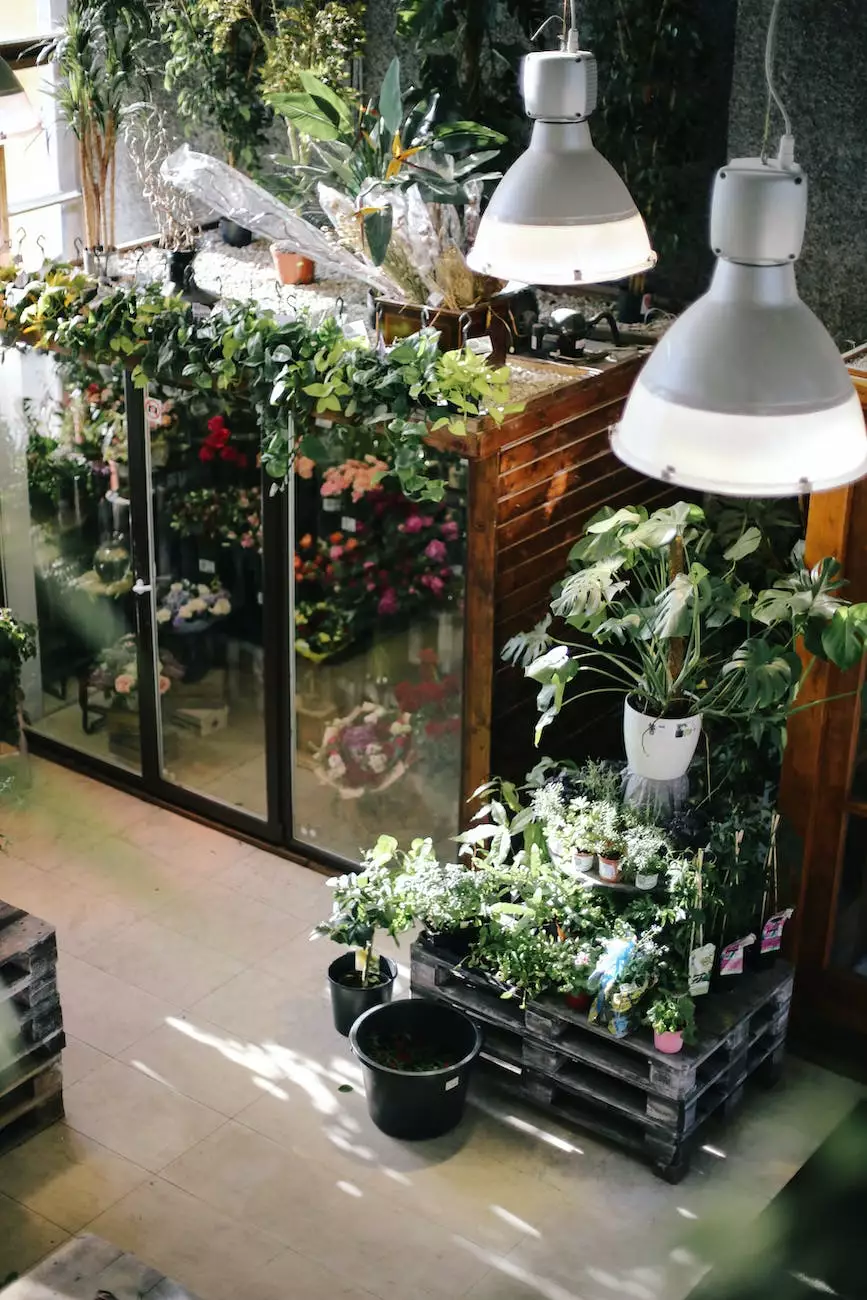Tips for Vertical Gardening - American Pond & Gardens
Custom Outdoor Patio
Introduction
Welcome to American Pond & Gardens, your ultimate resource for all things home and garden related, specifically focusing on gardening. In this article, we will provide you with expert guidance on vertical gardening, a fantastic technique to transform your garden and make the most of available space. Learn how to create a stunning vertical garden that will leave everyone in awe!
What is Vertical Gardening?
Vertical gardening is a space-saving technique where plants are grown vertically, rather than horizontally in traditional garden beds. This method utilizes walls, fences, trellises, and other structures to create a thriving garden in limited space. Not only does vertical gardening maximize space, but it also adds a unique visual appeal to your home garden.
Choosing the Right Plants
When it comes to vertical gardening, selecting the right plants is crucial for success. Consider the following factors when choosing the plants for your vertical garden:
- Light Requirements: Evaluate the amount of sunlight your vertical garden will receive and choose plants accordingly. Some plants thrive in full sun, while others prefer shade.
- Watering Needs: Determine the watering requirements of each plant to ensure they can be adequately maintained in a vertical setting.
- Growth Habits: Consider the growth habits of the plants you choose. Some plants naturally climb or trail, making them ideal for vertical gardening.
- Container Size: Select appropriate containers or hanging baskets that can accommodate the root systems of your chosen plants.
Maximizing Space
One of the main advantages of vertical gardening is the ability to maximize space. Here are some tips to make the most of your vertical garden:
- Vertical Structures: Install trellises, arbors, or other vertical structures to support climbers and give your garden a visually striking appeal.
- Stackable Planters: Utilize stackable planters or garden towers to grow multiple plants in a compact space.
- Vertical Pockets: Consider using vertical pockets or hanging planters to create a beautiful cascading effect.
- Intensive Planting: Opt for plants that can be densely planted, such as herbs or leafy greens, allowing you to grow more in a smaller area.
Creating a Vertical Garden
Now that you have the fundamental knowledge, it's time to create your very own vertical garden. Follow these steps:
Step 1: Plan Your Vertical Garden
Start by assessing your available space, considering factors like sunlight, access to water, and the stability of the vertical structures. Sketch out a rough plan to visualize how your garden will look.
Step 2: Prepare the Vertical Structures
Ensure your trellises, fences, or other vertical structures are secure and strong enough to support the weight of your plants. Make any necessary repairs or modifications before proceeding.
Step 3: Choose Plants and Containers
Based on the factors mentioned earlier, carefully select plants suitable for vertical gardening. Choose containers that provide adequate drainage and are appropriate for your chosen plants.
Step 4: Plant and Arrange
Plant your selected plants in containers, considering the growing requirements of each. Arrange them on your vertical structures, aiming for a balanced and visually appealing layout.
Step 5: Maintain and Care for Your Vertical Garden
Regularly water and fertilize your vertical garden, paying attention to the specific needs of each plant. Prune or train any climbers to ensure they grow in the desired direction.
Tips for a Successful Vertical Garden
Here are some additional tips to help you achieve a thriving and beautiful vertical garden:
- Regular Monitoring: Check your vertical garden regularly for any signs of pests, diseases, or nutrient deficiencies. Address any issues promptly to prevent further damage.
- Smart Irrigation: Consider using automated irrigation systems or self-watering containers to ensure your plants receive adequate moisture without constant manual intervention.
- Support for Climbing Plants: Install plant supports like trellises or netting to assist vines and climbers in their upward growth.
- Protective Coverings: In colder climates, protect your vertical garden from frost by using protective coverings or bringing potted plants indoors during winter.
Conclusion
With these comprehensive tips, you are well-equipped to embark on your vertical gardening journey. American Pond & Gardens is here to guide and inspire you to create a breathtaking vertical garden that will impress your friends and neighbors. Get started today and revel in the beauty and productivity of your new vertical garden!










